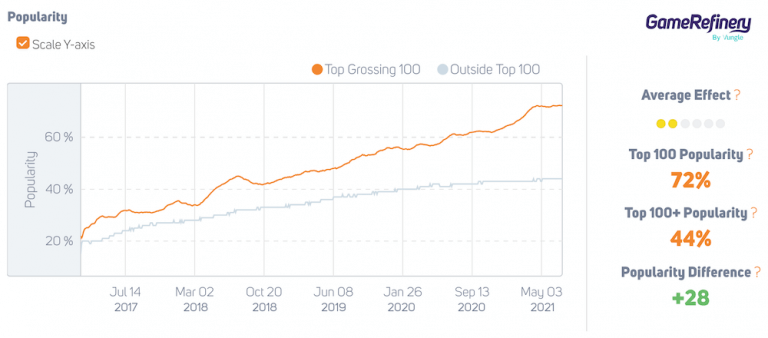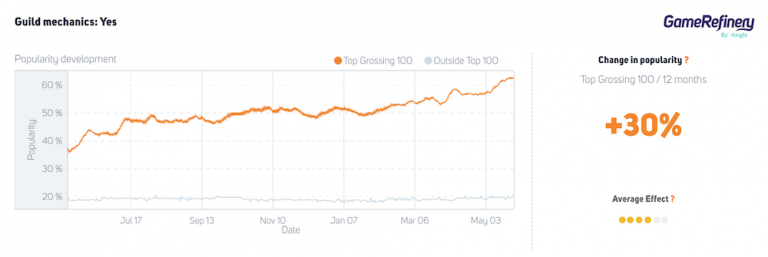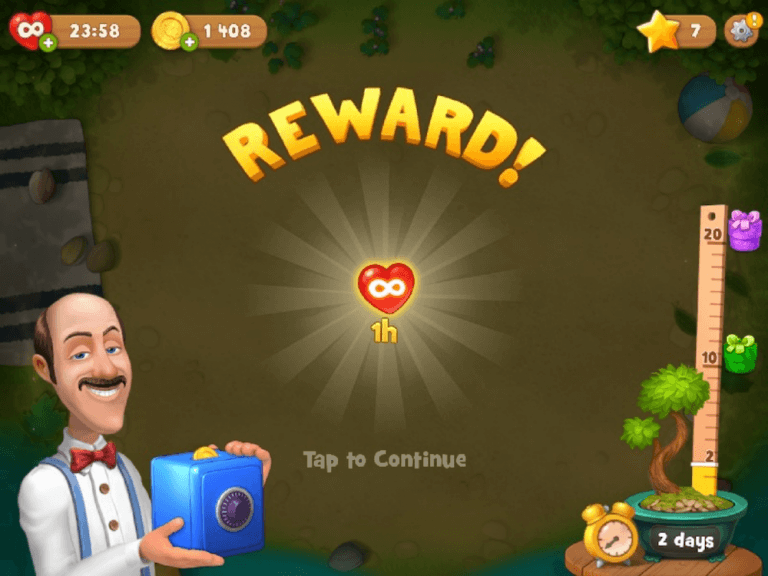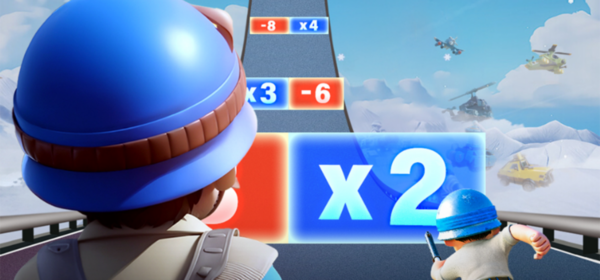The main trends of casual games in 2021 from GameRefinery
Analysts from GameRefinery told about the main trends of casual games this year. Developers are looking for new ways to engage users and actively add elements from other genres to projects. Among them are meta-gameplay, social functions and seasonal passes.Meta elements
Traditionally, casual games monetized core gameplay: boosters, extra lives, energy and other elements were introduced to facilitate the gameplay.
- However, now there is a trend in the genre to introduce hybrid mechanics by adding meta to games.Analysts believe that this was influenced by changes in the rules regarding IDFA after the release of iOS 14.5, as well as the general “maturation” of the genre.
- Meta-gameplay brings variety to the game and allows you to attract a new audience.Among the main meta-elements, GameRefinery highlights collectibles (objects or characters), upgrades of characters or objects used in core gameplay, light elements of building/decorating rooms and narrative elements to enhance immersion in the game.
- Upgrade system based on the example of Harry Potter: Hogwarts Mystery and Angry Birds 2
Most actively, developers add collecting to casual games.
- This trend is especially noticeable in the top 100 highest-grossing casual games in the American App Store — since 2017, the share of games with collectible elements has increased from 20% to 72%.The share of projects with collectible elements in the top 100 highest-grossing casual games in the American App Store
GameRefinery identifies three reasons to add meta to the game: to diversify and deepen the gameplay, add additional ways of monetization (without affecting core gameplay), and also give players additional motivation (this may increase retention in the future).
- As an example, analysts cite Project Makeover.
- The presence of meta-gameplay sets it apart from its competitor in the face of Candy Crush Saga. Thanks to the additional motivation, the project also attracts new users who are looking for not only core gameplay in the game, but also ways of self-expression.Social functions
Initially, the presence of social functions was inherent in midcore titles: guilds, interaction with other users, cooperative modes, etc.
- At the same time, casual games relied on core gameplay, offering users only the simplest social elements (chats, visits to friends’ farms or asking for help in match-3 titles).Now casual projects offer users more and more ways of socialization.
- According to analysts, this is due to people’s aspirations for a sense of “digital unity” and a little competition with each other.According to data for June 2021, the number of projects with guilds in the top 100 highest-grossing match-3 games in the American App Store increased by 30% year-on-year.
- The share of projects with guilds in the top 100 highest-grossing match-3 games in the American App Store
Guilds help players find communities of users with similar interests and play styles.
- They also act as a foundation for the introduction of other social elements into the game, such as donations, cooperatives and competitions.Most casual games from the top 100 try to introduce guilds gradually.
- First, they introduce the casual audience to the new mechanics, and then introduce more complex elements into it. As a result, it simultaneously adds variety to the game and increases user engagement.The most effective ways to retain users
Due to the high competition in the match-3 genre, attracting users with a high LTV has always been expensive.
- However, GameRefinery believes that the situation has only worsened due to the new IDFA policy.Analysts note that the difference in revenue between the top casual games has leveled off.
- Along with this, the cost of attracting users has also increased. That is why today the most important task for developers is to look for effective ways to involve players and increase retention.Among the most effective methods, GameRefinery highlights renewable events, the addition of special game modes and seasonal passes.
- In match-3, events that give players endless lives for a certain time have become especially popular.
- As a result, the user “gets hooked” on this hook and in the future is much more willing to spend money in order to avoid defeats and not lose rewards. This increases both retention and monetization.Endless Lives for 1 hour in Gardenscapes
The introduction of special modes — both temporary and permanent — motivates users to play more for the sake of getting a new gaming experience.
- This increases engagement and “stickiness” (calculated by dividing DAU by MAU and multiplying by 100%).Season passes are already in 30% of the highest-grossing match-3 titles in the American App Store.
- They do not directly affect the core gameplay, but they increase retention, give users a sense of progression and increase revenue. Users log into the game more often and spend more time in it to complete tasks in the new season. This leads to an increase in purchases of microtransactions (extra lives, boosters, etc.).Season pass in Clockmaker
Developers often add exclusive rewards to season passes for an additional fee.
- For example, in Gardenscapes, you can buy a golden ticket and get more lives and boosters, as well as unlock unique animals.





